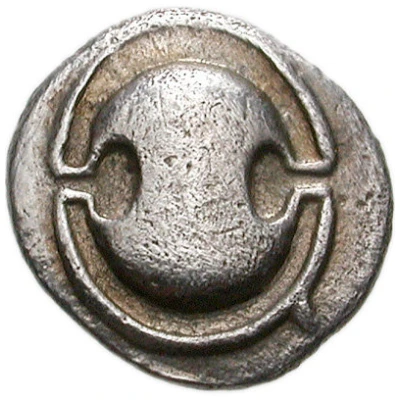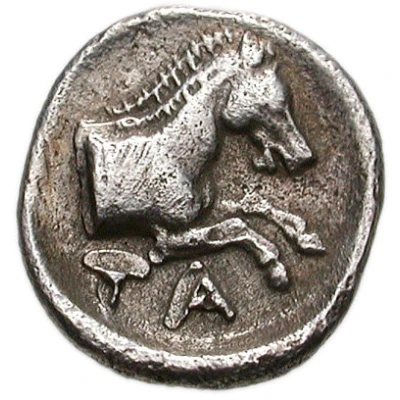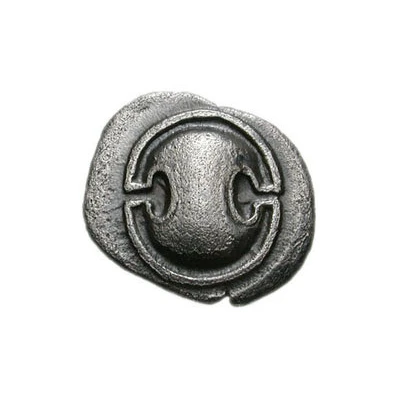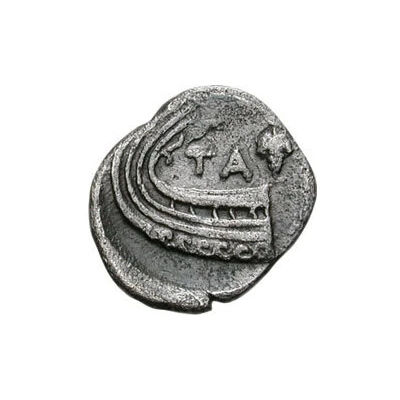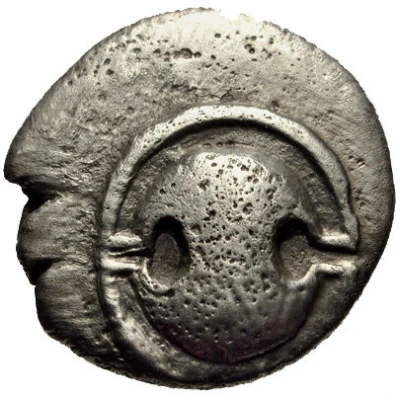
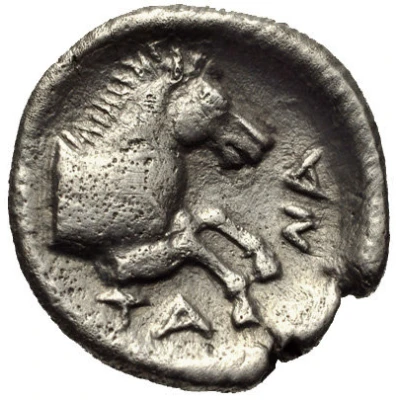

© Classical Numismatic Group, Inc.
Obol 400 BC - 350 BC
| Silver | 0.73 g | 10.0 mm |
| Issuer | Tanagra (Boeotia) |
|---|---|
| Type | Standard circulation coin |
| Years | 400 BC - 350 BC |
| Value | Obol (⅙) |
| Currency | Drachm |
| Composition | Silver |
| Weight | 0.73 g |
| Diameter | 10.0 mm |
| Shape | Round (irregular) |
| Technique | Hammered, Incuse |
| Demonetized | Yes |
| Updated | 2024-10-10 |
| Numista | N#146677 |
|---|---|
| Rarity index | 95% |
Reverse
Forepart of horse facing right with the letters TA below and NA upward before. All within incuse circle
Script: Greek
Lettering: TA NA
Comment
Head, Boeotia p. 52; Traité III 345, pl. CCIV, 7; SNG Newham Davis 192.
Interesting fact
One interesting fact about the Obol coin from Tanagra (Boeotia) is that it features a unique combination of symbols on its obverse side, including a crescent moon, a star, and a dolphin. These symbols have been interpreted in various ways by historians and numismatists, with some suggesting that they represent the city's maritime trade and others proposing that they symbolize the protection of the gods. Regardless of their exact meaning, the combination of these symbols makes the Obol coin a distinctive and fascinating artifact from ancient Greece.
